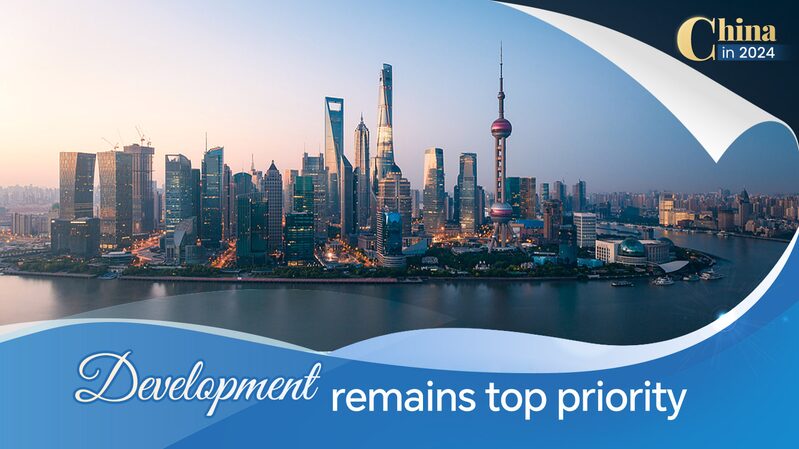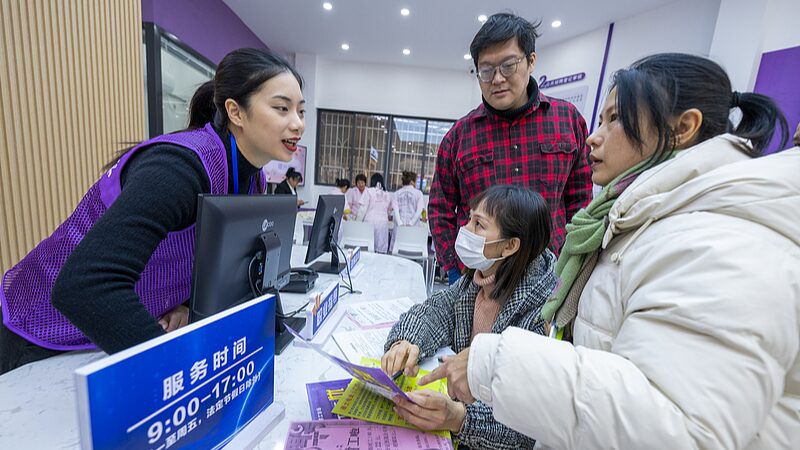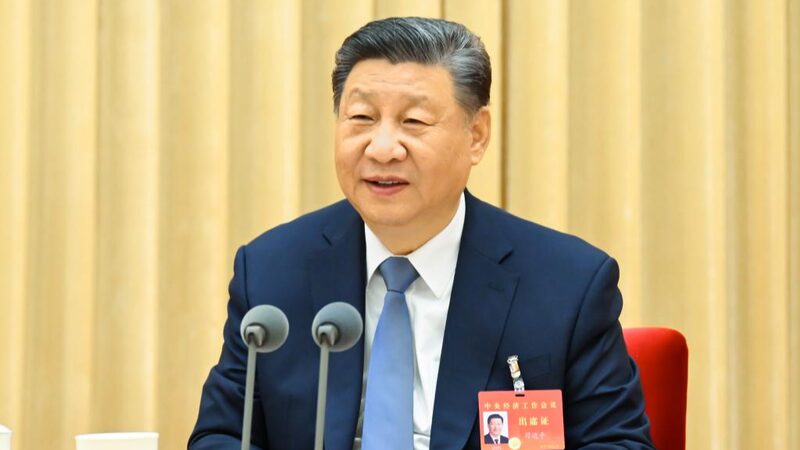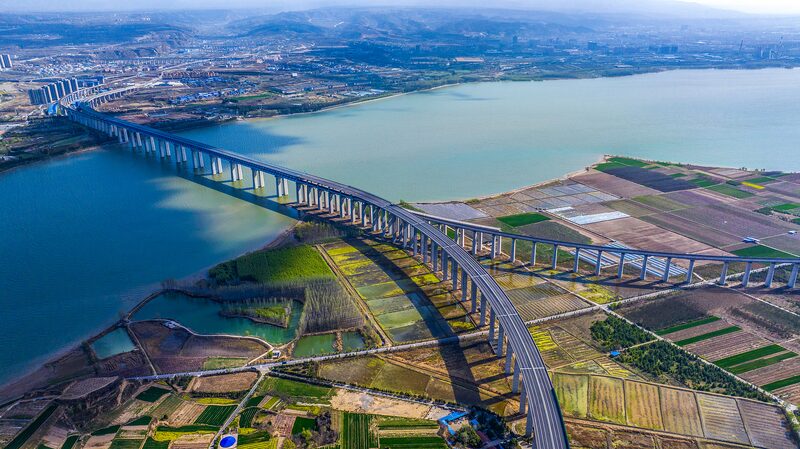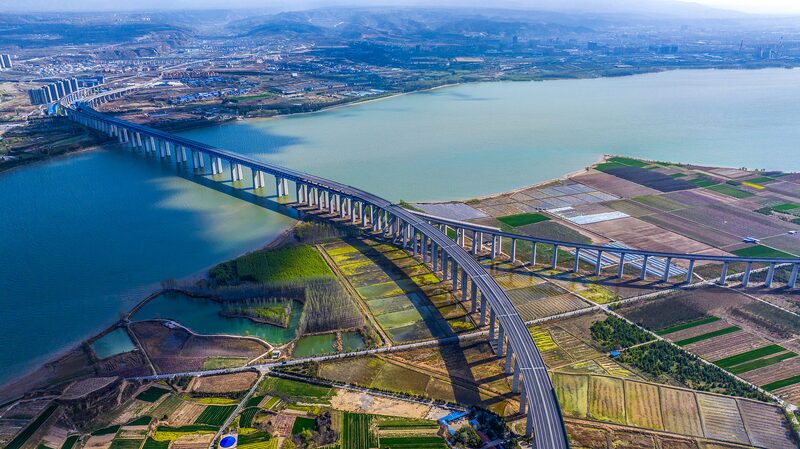China in 2024: Development Remains Top Priority
Throughout 2024, Chinese President Xi Jinping has consistently emphasized the significance of development during major economic meetings and regional inspections. The Central Economic Work Conference in December, a key annual meeting presided over by Xi, declared that China has ensured overall stability and steady economic progress this year. It also stated that the major goals and tasks for economic and social development in 2024 are expected to be accomplished. Solid advances have been made in China’s high-quality development.
Stability and Progress
Official figures underscore both a stable foundation of the Chinese economy and promising strides in emerging sectors. Growth rates, both cumulative and quarterly, have shown minimal fluctuations, consistently hovering around the 5 percent target. Indicators of development quality also present a positive outlook: in the first three quarters, the value-added output of high-tech manufacturing industries above the designated size grew by 9.1 percent year on year, while investment in high-tech industries increased by 10 percent.
Meanwhile, production in green industries, represented by the “new three”—new energy vehicles, lithium batteries, and photovoltaics—sustained double-digit growth, highlighting a steady enhancement in the quality of economic development.
Stimulus Measures
Since late September, the central government has unveiled what experts describe as a package of “milestone macroeconomic measures.” These initiatives, including a program of large-scale equipment upgrades, trade-ins of consumer goods, supportive real estate policies, and the issuance of ultra-long special treasury bonds and local government special bonds, have helped boost domestic demand and strengthen economic momentum.
Domestic demand is the fundamental driving force of China’s economic development and an essential requirement for meeting the people’s growing aspirations for a better life. In the first three quarters, final consumption expenditure contributed 49.9 percent to economic growth, driving GDP growth by 2.4 percentage points.
Regional Development
Regional development has also accelerated across China. During his inspection tours, Xi called on local authorities to strengthen the implementation of regional strategies and boost regional growth.
In eastern China’s Shandong Province, he urged local officials to deeply align with the coordinated regional development strategy and strive to become an important driver of economic growth in northern China.
In eastern China’s Anhui Province, part of the Yangtze River Delta region, he called on the province to play a bigger role in the development strategy of the Yangtze River Economic Belt and the rise of the central region.
As of September, the combined GDP of Jiangsu, Anhui, Zhejiang, and Shanghai accounted for about one-fourth of the national total. The industrial scale of integrated circuits, biomedicine, and artificial intelligence in these regions accounted for three-fifths, one-third, and one-third of China’s total, respectively, according to the National Development and Reform Commission.
On June 30, the Shenzhen-Zhongshan Link, a mega cross-sea passage in southern China, opened to traffic. The link is the latest major transportation project completed in the Guangdong-Hong Kong-Macao Greater Bay Area (GBA), following the Hong Kong-Zhuhai-Macao Bridge. By improving the flow of people and goods on both banks of the Pearl River estuary within a “one-hour living circle,” the link is expected to inject new impetus into the integrated development of the GBA.
High-Standard Opening Up
In Shandong and Fujian provinces, both frontiers of China’s reform and opening up, Xi urged the coastal provinces to continue promoting high-standard opening up.
In March, China issued an action plan that proposed measures such as reasonably shortening its negative list for foreign investment to promote high-standard opening up and making greater efforts to attract and utilize foreign investment. The country also promised to give all least developed countries with which it has diplomatic relations zero-tariff treatment for 100 percent tariff lines as of December 1.
As of July 30, China’s total trade in goods has ranked first in the world for the seventh consecutive year. China has also become a major trading partner of more than 150 countries and regions, according to the General Administration of Customs.
In the first eight months of 2024, 36,968 new foreign-invested firms were established across China, an increase of 11.5 percent year on year, according to the Ministry of Commerce.
Reference(s):
cgtn.com
